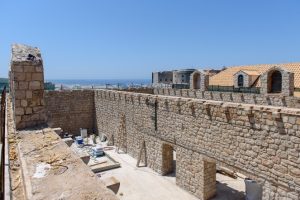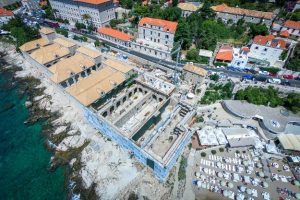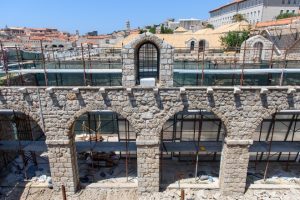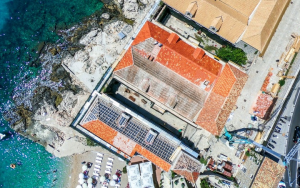Lazareti – Dubrovnik’s Quarantine and Trading Crossroads of the Mediterranean
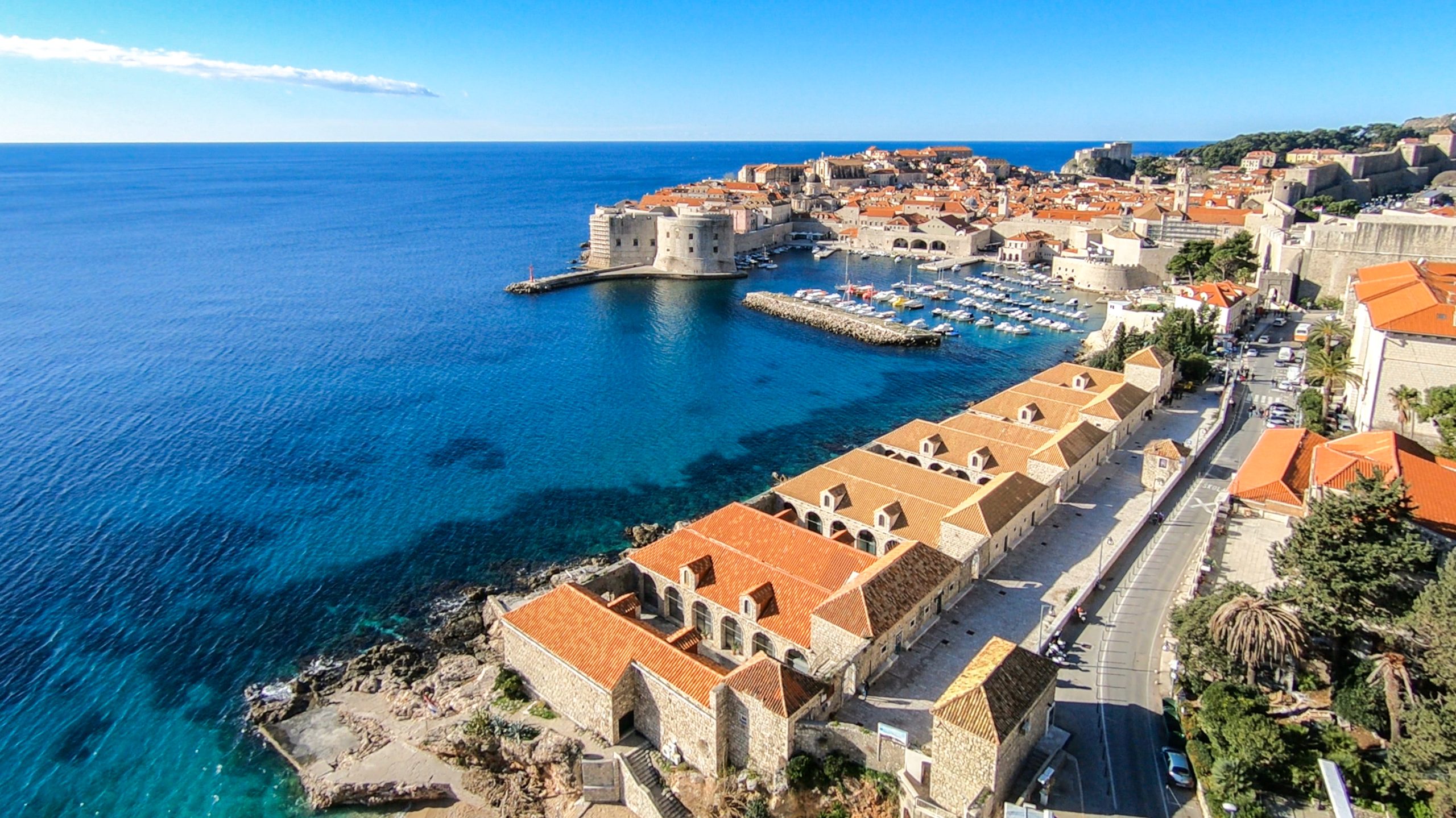
Just beyond the eastern gate of Dubrovnik’s Old Town, at Ploče, stands the remarkable complex of Lazareti — a lasting monument to one of the most forward-thinking public health systems of its era and the best-preserved quarantine station in the Mediterranean. Yet Lazareti are much more than stone buildings; they are a layered mosaic of history, resilience, and the remarkable ingenuity of the Republic of Dubrovnik.
The origins of Lazareti trace back to the age of the Black Death — the catastrophic plague that ravaged Europe in the 14th century. The Republic of Dubrovnik, though small, was not spared: by 1374, the plague had taken around 2,500 lives, prompting a visionary response. In 1377, long before most of Europe began to understand the nature of contagion, the Republic’s Great Council issued a decree introducing mandatory isolation for all arriving travelers — marking the world’s first official quarantine regulation.

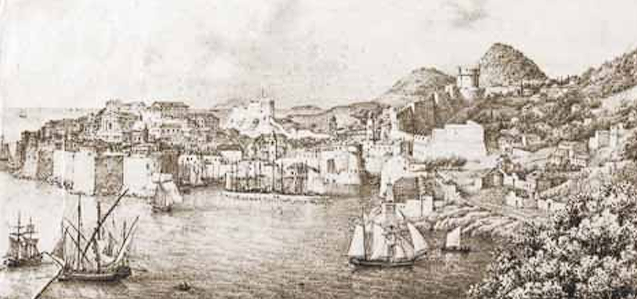
Initially, quarantine was enforced in temporary facilities in Cavtat and on the nearby islands of Mrkan, Bobara, Supetar, Mljet, Lokrum as well as at Ploče – sometimes in wooden structures or even open-air shelters. The term “quarantine” itself stems from the Italian quaranta giorni — forty days — the period that travelers were later required to spend in isolation before entering the city.
For decades, Dubrovnik hesitated to construct a permanent stone quarantine station, fearing such a structure might be used as a fortress by invading enemies. However, the growing necessity of protecting public health while keeping vital trade routes open ultimately led to bold action. In 1590, the Senate resolved to build a permanent quarantine facility at Ploče. The location was strategically chosen: close to the harbor yet distanced from the city center, and perfectly placed at the intersection of caravan routes linking Dubrovnik with the Ottoman Empire and the Far East.

Construction of the Lazareti spanned from 1627 to 1647. The resulting complex was both architecturally elegant and highly functional. It comprises ten vaulted stone halls (lađe), five inner courtyards (bađaferi), and two guardhouses. The system was strictly regulated, designed to ensure secure isolation while preserving the dignity and well-being of travelers. Guests were lodged in separate quarters with small terraces, while their merchandise — often rare and valuable — was disinfected in the arcades and courtyards below.

Lazareti were not prisons, but place of protection, prevention, and economic continuity. The complex was overseen by a Lazaret Captain, supported by a permanent guard, with reinforcements summoned when needed. Merchants from across the region and beyond passed through its gates: from Bosnia and Herzegovina, Serbia, Macedonia, Albania, Greece, Turkey, and North Africa — bearing wool, silk, leather, oil, dried fish, and fresh produce. They were accompanied by clergy of various faiths, Islamic mystics known as dervishes, and Ottoman emins — customs officers who also acted as unofficial consuls and peacekeepers.
The Lazareti served their original purpose until 1874, when advances in modern medicine and a deeper understanding of disease rendered quarantine less necessary. In the years that followed, the complex was repurposed — used as storage, livestock holding, and a public marketplace. It wasn’t until the 1970s that public recognition of the Lazareti’s cultural and historical significance was revived. A multi-decade restoration process began, breathing new life into the aging stone.
In 1994, Lazareti were inscribed on the UNESCO World Heritage List as part of Dubrovnik’s historical fortifications. The final phase of reconstruction was completed with support from the European Union.
Source: Institute for the Restoration of Dubrovnik
Today, Lazareti thrive as a vibrant cultural and community hub. The complex hosts artistic collectives, civic organizations, and traditional performers. It is a space of exchange, creativity, and shared heritage — a place where past and present meet, echoing Dubrovnik’s timeless values of knowledge, compassion, and foresight.


